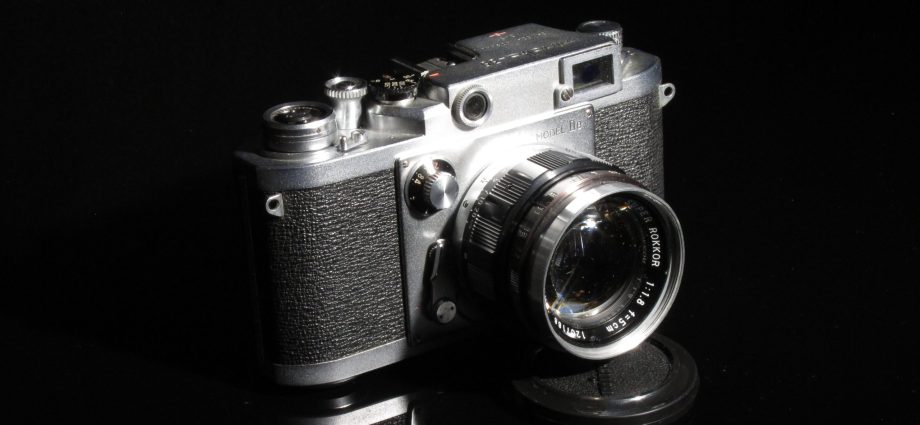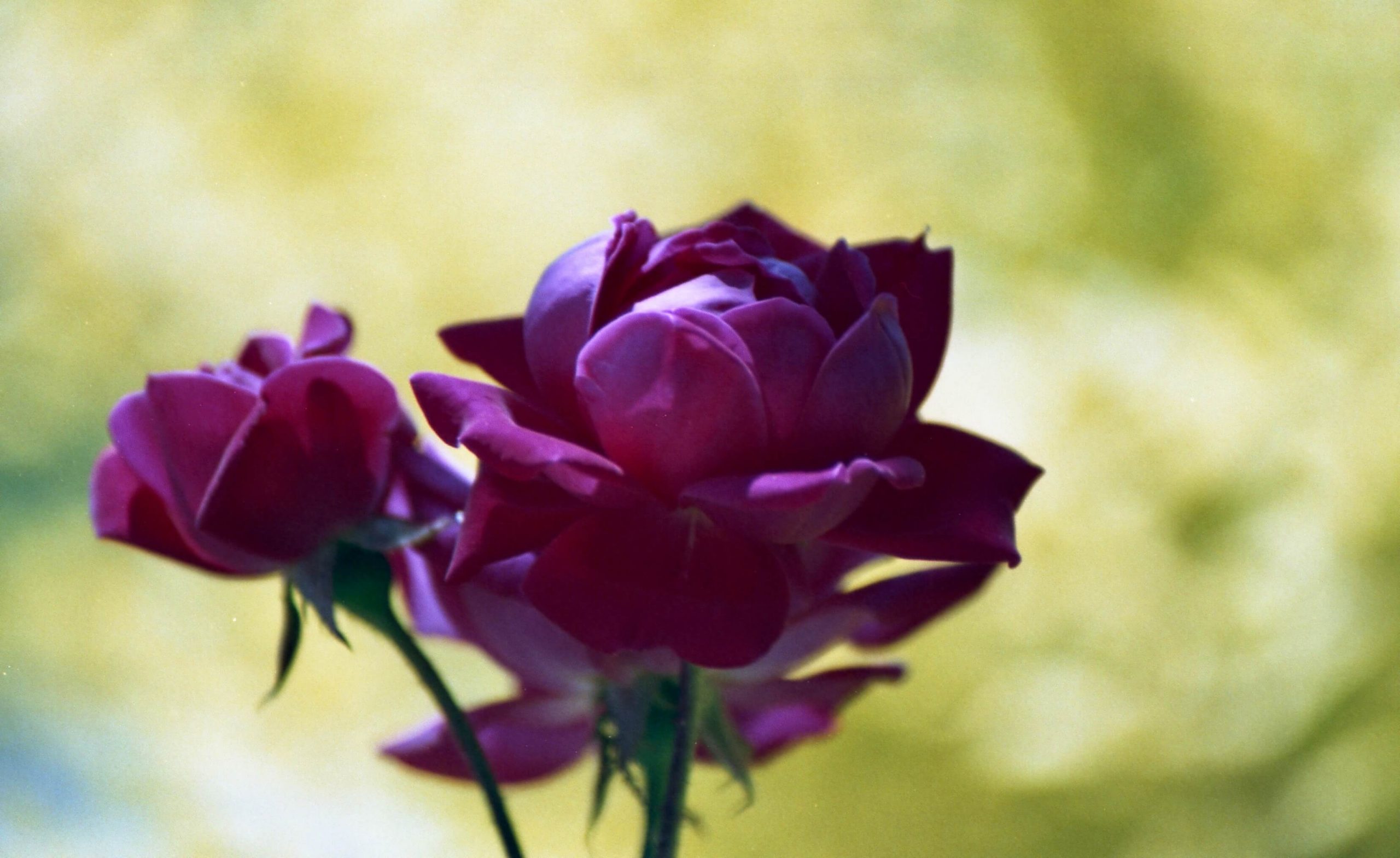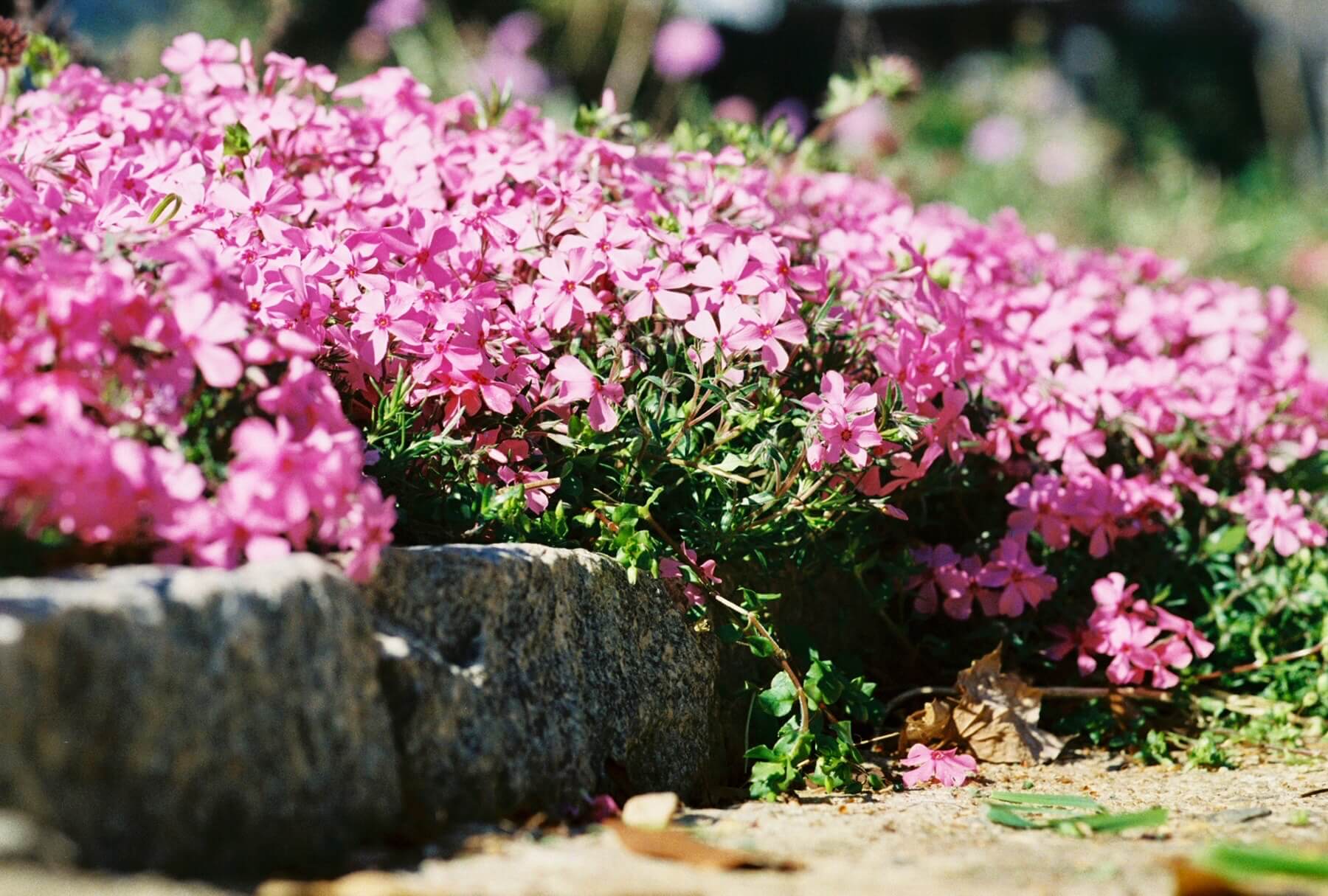If you are considering buying a classic interchangeable lens rangefinder, be warned: things can quickly get out of hand. Leica led the way with interchangeable lens rangefinders, and current market prices reflect that influence. The Leica thread mount (LTM) was adopted by many camera manufacturers, creating a vast ecosystem of accessories. However, this stuff is not cheap.
For most of my six-year journey into photography, I avoided becoming involved with interchangeable lens rangefinders. However, wanting to complete the VMLP, I decided to buy a Minolta-35 rangefinder. My plan was straightforward—buy a Minolta-35 with a lens for as little money as possible. The key point to remember is that I never intended to have more than one lens. Unfortunately, deciding which lens to buy requires researching the available options.
If there is only going to be one lens in a collection, it makes sense to get the best one. While this might seem like a reasonable, simple goal, in the world of LTM lenses, it is anything but that. Everyone has a favorite lens that produces magical results, which also happens to be the same lens that someone else absolutely detests for its poor performance. There are endless (endless) discussions of micro-contrast, bokeh, and character, but rarely a consensus unless the lens sells for some obscene price.
Very quickly, I discovered that it was far less expensive to buy a camera with a lens than to buy the same lens by itself. With this in mind, I began searching for a Chiyoko Super Rokkor 45mm f/2.8 lens. At the time, these were selling for 175.00 or more. Luckily, I found a Minolta-35 Model II with a 45mm f2.8 lens. The shutter was unreliable, so I returned the camera and got a 50% refund. Now, I had a lens, but no camera. Later, I learned about the Minolta-35 Model IIB, the final version of the Minolta-35. After a few months, a IIB appeared on eBay, and the seller said it had been tested and worked—I jumped on it. Yes, I could have stopped here, but Minolta released a 50mm f1.8 with the IIB, which is touted as an exceptional lens. How could I have the final and best version of the Minolta-35, and not have the lens made for it??? Well, the asking prices ended that notion, and I was okay for about a year.
When it comes to rangefinders, either you love them or hate them. As it turns out, my experiences using the IIB put me in the former group. It was about this time that GAS took over. Someone listed a Minolta-35 IIB with a Canon 50mm f1.9 Serenar for less than the price of what that lens typically sells for alone. Who could pass this up?
Next, I decided to go for the third-best Minolta 50mm lens, the 50mm f2.8. Yes, it was the third best, but it was selling for far below the usual price, and it had a hood and filters—no brainer. At this point, I had two Minolta lenses, a Canon lens, and two IIBs—a solid collection and a good stopping point. It didn’t last, and everything that happened afterward was eBay’s fault.
A seller on eBay decided to close out his collection. For the sake of expediency, he was selling a IIB with a 50mm f2 (the second-best Minolta 50mm LTM lens) for the about half of what the 50mm f2 alone usually sells for. Both joined my collection. And then I made the mistake of looking at his other listings, one of which was a Canon 7 rangefinder with a Jupiter 12 (35mm f2.8) lens attached. Canon 7 rangefinders have a max shutter speed of 1/1000, but IIBs are limited to 1/500. Since both use LTM lenses, one can use the same lenses on both cameras, so I got the Canon 7 for the attached 35mm lens and faster shutter speed. All was well for nearly a year, then a Chiyoko Super Rokkor f1.8 appeared for sale in the US (very, very rare), and for only about 60% of what ordering one from Japan would cost—naturally, I bought it.
Of course, now that I owned a Canon rangefinder, I wanted to learn more about Canon lenses. The last version of the Canon 35mm f2.8 was supposed to be an excellent lens, and Goodwill put one up for sale. No one bid, and a week later, they made it a “Best Offer.” I offered, they accepted. The lens was in beautiful condition with the original caps!
As things stand today, I have a set of Chiyoko Super Rokkor normal lenses: 45mm f2.8, 50mm f2.8, 50mm f2, and 50mm f1.8. Test images demonstrate that the 50mm 1.8 is the best and the 50mm f2.8 is the worst of the group. However, the 45mm f2.8 is very good, as is the 50mm f2. The 50mm f2.8 will need more outings before a final verdict is possible. That being said, it does not seem as bad as the reviews I’ve read. I’ll test its central sharpness with my Lumix G1 before shooting more film. The remaining LTM lenses are the Jupiter 12, Canon Serenar 50mm 1.9, and the Canon 35mm f2.8. All perform better than forum comments led me to believe.
After looking at Lumix test images, I am pleased with my collection. The 35mm FL is the widest I’m comfortable shooting during a typical outing, and the 50s perform well. What began as an attempt to complete the VMLP has evolved into an appreciation for classic LTM rangefinders. And my rangefinder collection now includes a Canon 7s and a Canon P. These will keep me busy for a while, and more in-depth user reviews for each are in the works. Meanwhile, I hope to avoid developing strong opinions about bokeh or begin waxing poetically about character.
Finally, a word of advice: there is no such thing as owning one LTM lens—it is a psychological impossibility. You have been warned!
















I’ve got one LTM-lens rangefinder, my Yashica YF. The Yashinon 50mm f/1.8 that came with it is a thing of beauty. I’ve occasionally searched for another lens, as I’d prefer 35mm, but due to my hot-and-coldness when it comes to the camera (I’m not a big fan of interchangeable-lens rangefinders, but like it enough to not part with it) I’ve avoided adding another lens to the collection. Yeah, LTM lenses are cheaper than M-mounts, but still not cheap, especially if you are looking for wider than 35mm. The price of Minolta SR lenses has spoiled me.
Hi! Good to hear from you.
I’ve heard great things about the Yashinon 50mm 1.8, but I don’t dare buy another 50mm. After using the Minolta AF-C quite a bit, I’ve become comfortable with 35mm on the wide end. The Canon 35mm 2.8 satisfies that need well.
My opinion of the Minolta Super Rokkor 50mm 1.8 matches your opinion of the Yashinon. I’m amazed at the quality of the images it produces.
Hopefully, I’m as far down the rabbit hole as I am going to go.